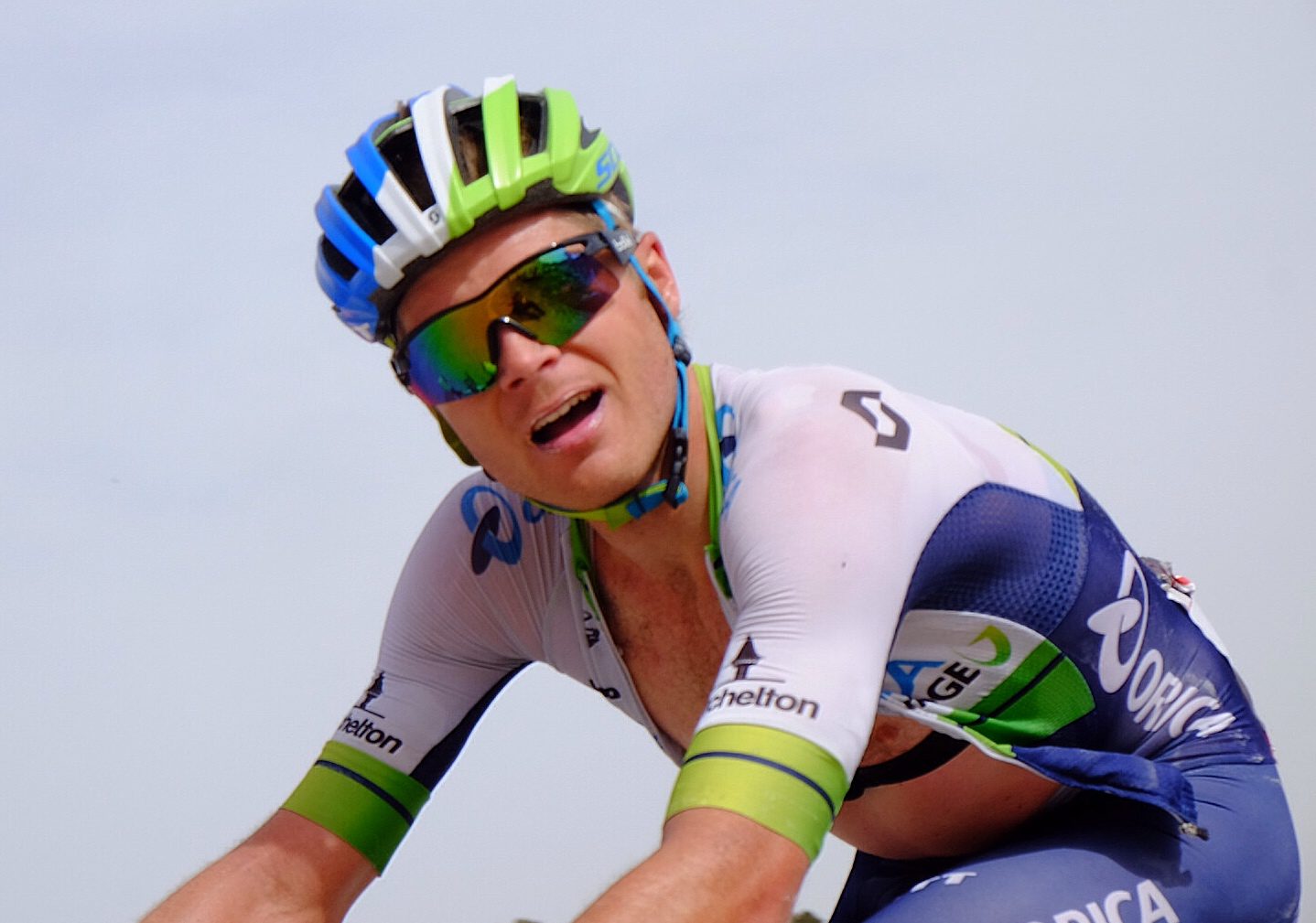Climbing tips from Christian Meier
Orica-GreenEdge pro Christian Meier is not a natural mountain goat, which is exactly why he’s learned how to survive and prosper on gruesome slopes. Canadian Cycling Magazine contributor Steve Thomas caught up with him to talk ab out fighting gravity.

Steve Thomas

Orica-GreenEdge pro Christian Meier is not a natural mountain goat, which is exactly why he’s learned how to survive and prosper on gruesome slopes. Canadian Cycling Magazine contributor Steve Thomas caught up with him to talk about his climbing tips.
Steve Thomas What are the main differences you find between power and endurance climbs?
Christian Meier Power climbs tend to suit more riders than endurance climbs. A sprinter can power over the climb. Climbers will do well too, but power climbs mostly favour rouleurs. (Think Philippe Gilbert.) These climbs – short and steep bergs – are what you will find in races such as Amstel Gold. With longer climbs, you engage a different engine: high output over a long period. Power-to-weight ratio really starts to have more of an effect.
ST How does the style of climbing vary across Canada?
CM Compared to Europe, I wouldn’t really consider Canada a real climbing mecca. Where I grew up, on the East Coast (in New Brunswick), it’s very rolling terrain, a constant up and down profile of shorter climbs. Then moving to the West, I found some longer climbs. But compared to Europe, Canada doesn’t seem to build many roads over the high mountain passes. When they do, it’s more highways and not meandering switchbacks.
ST To prepare for long climbs, what things do you work on?
CM Training for long climbs usually means long periods of time training at high tempo: the type of pace where it begins to get hard to hold a long conversation. This can be on flat roads as well as in the hills. Another good way to improve your climbing is to do longer efforts on a climb. Do maybe a minute or two at a hard pace and then a few minutes at the high tempo, which is slightly slower. Do these efforts for 15 to 30 minutes at a time and you will see a rapid improvement. This exercise will also help you to get accustomed to rhythm changes on climbs during a race.
ST What about power climbs? How do you raise your game there?
CM Shorter climbs usually don’t favour me so much, as I am not really a punchy rider, such as Simon Gerrans and guys able to produce big power for short bursts. I do try to train for these types of hills; although, most benefit will come from actually racing, which should really give your high-end power a workout. If you’re not racing much, consider heading out to some short climbs and just putting in some really hard efforts. It seems pretty basic, but often that’s the best.
ST How do you approach gearing on climbs?
CM Gearing can be quite a personal thing. Some people prefer to spin; others, to push. When I am coming into a climb with a bit of speed, I really try to shift down gears as I go, keeping the cadence high and also keeping the speed up. This technique can be a great if the climb isn’t very long. Then you can move into harder gears when you get over the top. Get straight back on the power and up to speed. On longer climbs, I tend to be anywhere from 80 to 95 r.p.m., depending on how I feel.
ST How do you judge your pace on a climb?
CM Pacing, like gearing, is personal. I have some teammates who prefer to follow the accelerations and then recover in between the efforts. Others prefer to not follow the sharp accelerations and then slowly ride themselves back onto the lead group. It’s more about identifying the approach that works best for you. Typically, the more “diesel engine” type of riders (such as good time triallists) prefer the steady approach. Riders with more fast-twitch muscle fibres can handle those changes in speed (such as the sprinter types).
ST What climbing survival tips can you give us?
CM If you know you are going to struggle on a climb, usually the best thing you can do is start at the front when you begin to climb. From there, you can actually sag through the group a bit if there are accelerations that may be above your pace. This setup should allow you to ride at your own pace a bit. With luck, you are still in or close to the group over the top.
